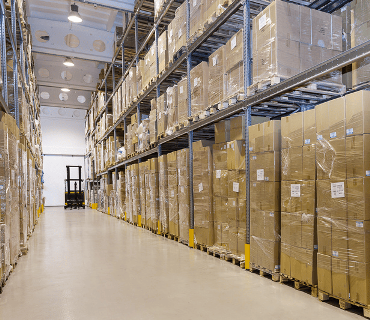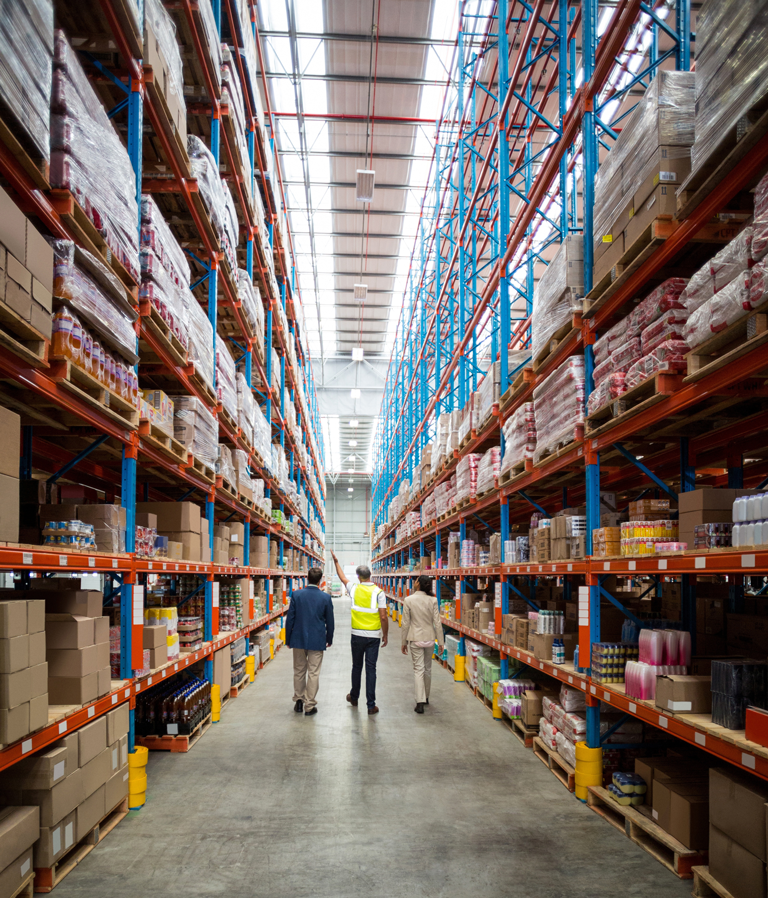Where to Begin: A Simple Equation
In its most basic form, the space utilization equation is simple.
While rising costs are impacting warehouses and 3PLs across the country, many companies are scrambling to find creative ways to minimize the aggregate financial impact to their operations. One very basic but significant way to accomplish this goal is to examine space utilization strategies and see which, if any, may apply to the specific needs and routines of their business. When faced with skyrocketing lease rate increases, for example, getting the most out of the space you have can make a significant difference.

In its most basic form, the space utilization equation is simple.
Warehouse Space Utilization (%) = (Used Space / Total Available Space) x 100
However, if you want to delve into the real science of space utilization, you will need to examine a few more variables. Here are some simple steps to help you calculate your current warehouse space utilization.
First Examine Your Assumptions

Then, identify the capacity of each location in measure of pallets high and deep
All these operations and data must be tightly integrated as part of a complete supply chain management strategy. There are many benefits of a WMS – it drives operations, helps you make critical decisions, and allows you to make those decisions based on real-time data.
Now use these additional equations to gain a better perspective beyond the basic two-dimensional percentage of space in use at any given time.
Location Pallets High X Location Pallets Deep = Total Location Capacity
Item Units Per Tier X Item Units Per Pallet = Total Cases Per Pallet
Location Number of Cases / Total Cases Per Pallet = Total Pallets in Location
Once you understand how much space you have and how it is being used, you can begin to determine if there is room for improvement, innovation, and efficiency.
Implement an effective storage system

1. Suggested/directed putaway – helps reduce honeycombing throughout building
2. Dynamic pick locations – pick all of one lot, empty specific spaces, maintain lot code integrity
3. Review stack-ability – review your SKUs to determine what can be stacked in bulk areas to reserve rack for those SKUs that cannot stack
4. Consider Loading Strategies -
a. Pick-To-Truck – eliminate the need for staging space and load directly onto trailers
b. Drop Trailers – to load parcel shipments throughout the day rather than taking up valuable dock space

Automation can incorporate both hardware and software components, from pallet movers, forklifts, to robots; from handheld scanners to tablets to sophisticated Warehouse Management Software (WMS) solutions. When considering a WMS, there are vital functionalities that are “must haves,” and many other modalities that can prove useful now or be added on later.
For purposes of making the most of the space you currently have we recommend that a WMS worth investing your time and money in should:

Space today is paradoxically both abundant and increasingly only available at a financial premium. It is therefore imperative that warehouse operators and 3PL businesses maximize the space they are occupying to remain competitive. Developing a space usage plan that considers not only the movement of materials and workflow; but also, the usage of resources including employees; storage systems; tools to move, stack and retrieve items; data and information management tools such as a multi-module WMS, and even time as a usable resource, can greatly enhance both the competitive edge and the profitability of a company.
For more information about SC Codeworks, our services, our solutions and our mission click here.